President's Message - June 2005
Greetings! And A Special Welcome To New OAME Members!
KATHY KUBOTA-ZARIVNIJ
kkz@oame.on.ca
Let me introduce myself. I have been an OAME Director for 5 years and served on the OAME Executive for 3 years. My other mathematics education experiences include: elementary school administration; in-service and pre-service mathematics teaching, and mathematics curriculum and program consultation, writing, and/or workshop presentations for different organizations within and outside of Ontario. Currently, my activities in mathematics education include program coordinator of mathematics for TCDSB, senior author for an elementary mathematics textbook program, AQ mathematics course instructor, and doctoral studies in mathematics professional development.
However, it is through my school board and doctoral work, that I have become fascinated with the ways that complexity science notions offer an alternative perspective about mathematics teaching and learning, in terms of its dynamic and interdependent relationship. Other OAME members, like our past two OAME presidents, Stewart Craven and Gord Cooke, have been dabbling in these ideas, as well. In February 2005, Gord organized the OAME Leadership conference, Emergence: Independent Educators Collectively Bring Into Focus A New Vision Of Mathematics Education. In May 2005, Stewart co-chaired the OAME provincial conference, titled Nexus, signifying the interdependence and interconnectedness of math teaching and learning within a community.
Over the last few years, I've been reading books and articles about complexity science, like Understanding learning systems: Mathematics teaching and complexity science. Journal for Research in Mathematics Education, 34(2), 137-167 by Brent Davis and Elaine Simmt (2003), Hidden Connections by Fritjof Capra (2003), and Emergence: The Connected Lives of Ants, Brains, Cities, and Software by Steven Johnson (2001). From such readings, I've come to appreciate that any learning organization, like OAME can be described in terms of these ideas:
- learning organizations are adaptive and self organizing learning systems.
- learning is ongoing, recursively elaborative, adaptations through which systems maintain their coherences within their dynamic environments.
- learners can spontaneously cohere into functional collectives, under particular conditions; that is, they can come together in unities that have potentialities that are not represented by the individual learners themselves.
So, using this complexity science framework, I'd like to tell you about the OAME community, in terms of its members, dynamics, and collective activities.
Who Is Part Of The OAME Learning Community?
Our OAME community includes members from all parts of Ontario, from public school boards, private schools, math departments, and faculties of education.
Think about OAME members as being located within a collection of nested learning systems. From a complexity science perspective, such nested learning systems makes possible the co-implicated processes of individual, mathematics sense making of OAME members and collective, mathematics knowledge generation and inquiry as an OAME learning community.
What Are The Dynamics Of Our OAME Learning Community?
Because complexity science understands learning to occur simultaneously across several layers of organization, we can understand OAME community's work as a result of collective practices. Davis & Simmt (2003) explained that emergent events, such as collective knowledge and practices cannot be caused, but only occasioned. OAME's collective knowledge includes our knowing of mathematics content, K to 12 and our collective practices includes our advocacy for effective mathematics pedagogical strategies. They identified five, interdependent conditions for the activity of such collective work and learning: internal diversity, redundancy, decentralized control, organized randomness, and neighbouring actions.
Internal Diversity
Redundancy
OAME's capacity to maintain coherence is related to the redundancy expressed among its
members. Sameness in beliefs and goals of the membership contribute to OAME's robustness as
a learning system. OAME's redundancy is rooted in its constitution that outlines its mission
statement and goals. Most recently, OAME's vision statement and project, Growing Up
Mathematically was conceived. Here is OAME's vision statement:
"The Ontario Association for Mathematics Education envisions a learning environment where all students do, see, hear, and touch mathematics in a profound and meaningful way. Our association sees the classroom as a community where teachers and students work collaboratively to learn and value mathematics.
In such a classroom, students engage in meaningful mathematical experiences through the use of concrete materials and manipulatives, visuals, technology, and other resources. Students build on their prior knowledge of key mathematical concepts and connect these concepts to their world. They understand the purpose of their learning through clearly defined expectations, goals, and assessment criteria. Students engage in inquiry, pose questions, and actively discuss their understandings with one another. Students demonstrate their understanding on a regular basis and strive to become independent and collaborative mathematics problem solvers.
Teachers use a variety of strategies that accommodate different learning styles and use resources to develop the investigative process in mathematics. They provide multiple opportunities for students to learn and apply mathematics in creative, purposeful ways while assisting and supporting students to help them achieve success in both independent and collaborative tasks. To facilitate student learning, teachers provide feedback to students throughout the learning process. Teachers engage in opportunities for professional growth and continuously reflect on their teaching practices and classroom experience.
The learning of mathematics is supported through the active and ongoing involvement of students, parents, educators, and the community at large.
The learning of mathematics should be based upon the following beliefs and principles:
a) Learning is structured around the key concepts of mathematics.
b) Learners build on prior knowledge and understanding, and work at a developmentally
appropriate level to construct new personal meaning.
c) Learners are better able to transfer and to use knowledge meaningfully when new ideas are
presented within rich and meaningful learning contexts, and when learners make connections
both within and outside of school.
d) The learning process is enhanced when new ideas are presented in a variety of ways and
when all learners have access to "hands-on" and "minds-on" activities and opportunities.
This includes the use of manipulatives, computers, calculators, and hand-held data-collection
devices.
e) Learning is enhanced when students experience a variety of instructional approaches, ranging
from direct instruction to inquiry-based learning.
f) Learners require opportunities to interact with each other during the learning process, to
teach others, and to explain and justify the processes of mathematics. Learning is enhanced
when the learners are encouraged to communicate their understanding.
g) Effective mathematics education requires strategies that engage and motivate learners that
help students develop positive attitudes about themselves and about mathematics, and that
encourage learners to make positive contributions to the learning environment.
h) Learning is enhanced when students and teachers understand learning expectations and
assessment standards and participate actively in assessing and evaluating their personal
growth.
i) Learning is enhanced when teaching, coaching, assisting, supporting, and feedback is
planned and designed to improve specific learning and mental processing skills and to
accommodate different learning styles and needs.
j) Learning is enhanced when teachers plan and reflect together.
k) Learning is enhanced when all participants in the process are active partners within a
community of learners (e.g., parents, educators, students, and the community). "
Decentralized Control
OAME, as a complex system, has no centralized controller. The OAME executive, 3 vice
presidents and 3 presidents (incoming, elected, outgoing), and executive directors develop
meeting tasks and agenda that occasion member interaction, idea development, and discussion
for chapter reps and elected board members. As a result of ongoing OAME board and executive
meetings and working group meetings outside of the board meetings, the OAME vision project,
Growing Up Mathematically, was created. This complex product, was a matter of collective
authoring rather than external authorizing. Though the set of tasks, video, and PD guide were
anticipated, the actual content of the final product was not predetermined.
Organized Randomness
All complex systems contain structures to organize the random (or seemingly random) products
of the agents. Such enabling constraints in the OAME collective include the board and executive
meetings, OAME chapter meetings, OAME participation in province-wide initiatives, such as
Ministry of Education curriculum writing, curriculum training sessions, province-wide
conferences of newly released Expert Panel reports. Participating in the OAME mathematics
community is enabled through variable entry and open-routed experiences. Every OAME
member can participate in some aspect of the mathematics community, in accordance with
her/his experience and interest.
Neighbouring Actions
In a complex learning system, the agents of the system need to "bump up" against one another
(Davis & Simmt, 2003). In a knowledge-producing system, like OAME, the "agents" aren't
people, but ideas. There are numerous ways that ideas can be bumped against one another and
blended to give rise to more complex understandings about the work of the student and teacher in
mathematics education. Below are some examples:
- OAME Gazette and Abacus (journal published 4 times a year, by our dedicated editors, Marilyn Hurrell and Trevor Brown)
- OAME Gazette and Abacus reviewer
- OAME website (constantly updated by our amazing webmaster, Greg Clarke)
- OAME's newly released vision project, Growing Up Mathematically – an OAME collective endeavour
- OAME chapter conferences and membership drive from September 2005 to June 2006
- OAME Leadership conference in February 2006, focused on the K to 12 learning system
- OAME annual provincial conference in May 2006
How can our mathematics learning community continue to grow?
Through the individual work of the OAME members and the collective practices of the OAME community, I hope that our mathematics learning community will continue to grow in membership, in shared knowledge, and be a collective voice that supports student learning through improved teacher professional development experiences
I look forward to meeting and/or chatting with you throughout the year. In my role as president of OAME, I am honoured to have the opportunity to serve and support you and other mathematics educators across Ontario.
KKZ
Previous Message:
Imaging
Next Message:
Introducing ... "Growing Up Mathematically," OAME's Vision for Learning Mathematics!!

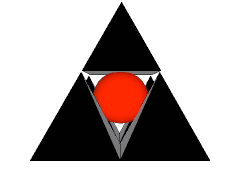







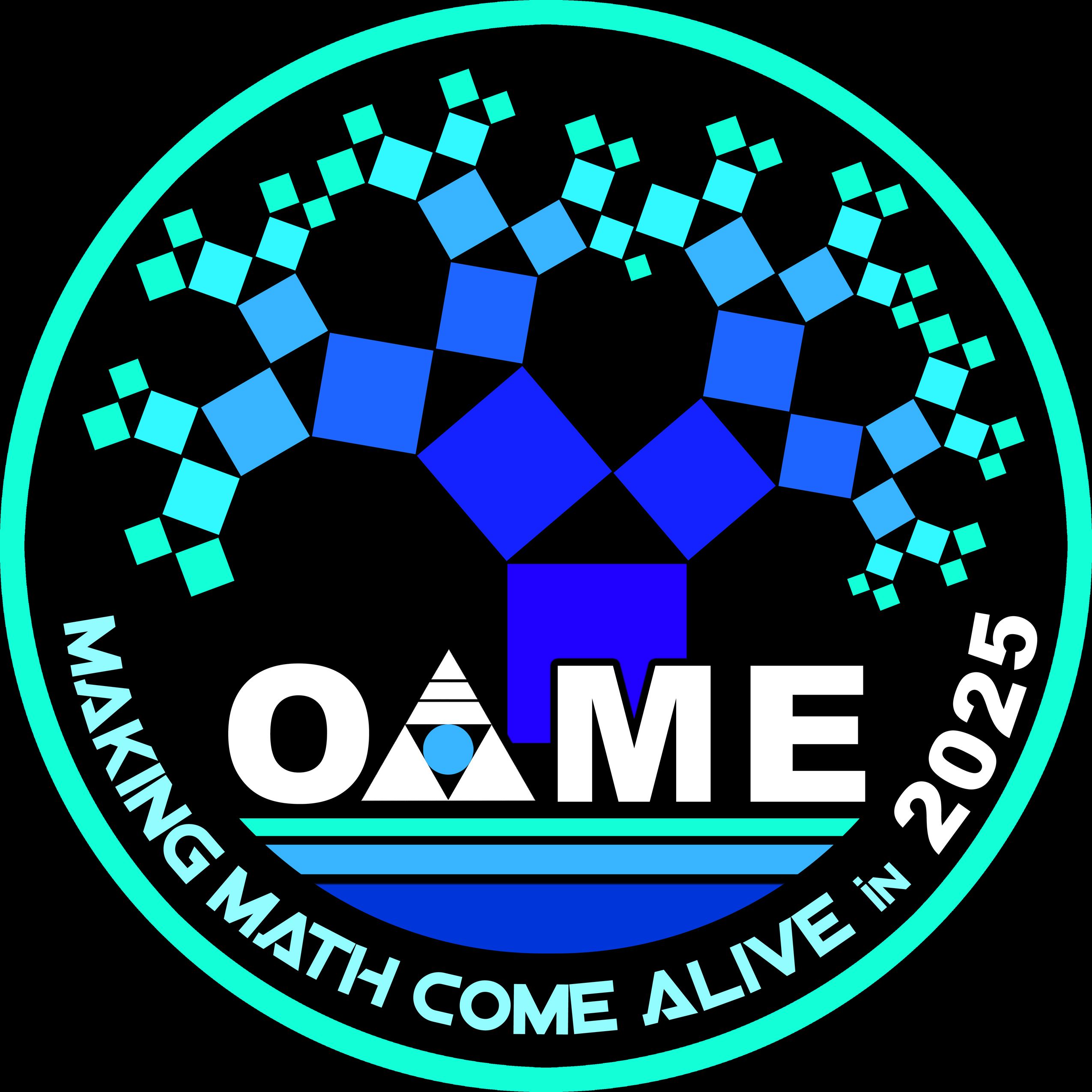
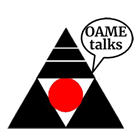
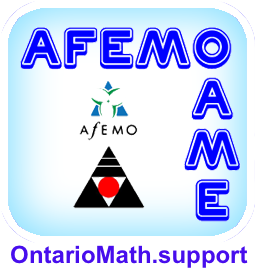
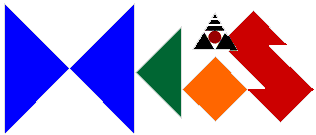



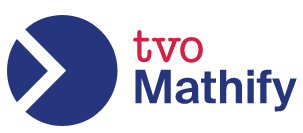

 Like us on FaceBook
Like us on FaceBook